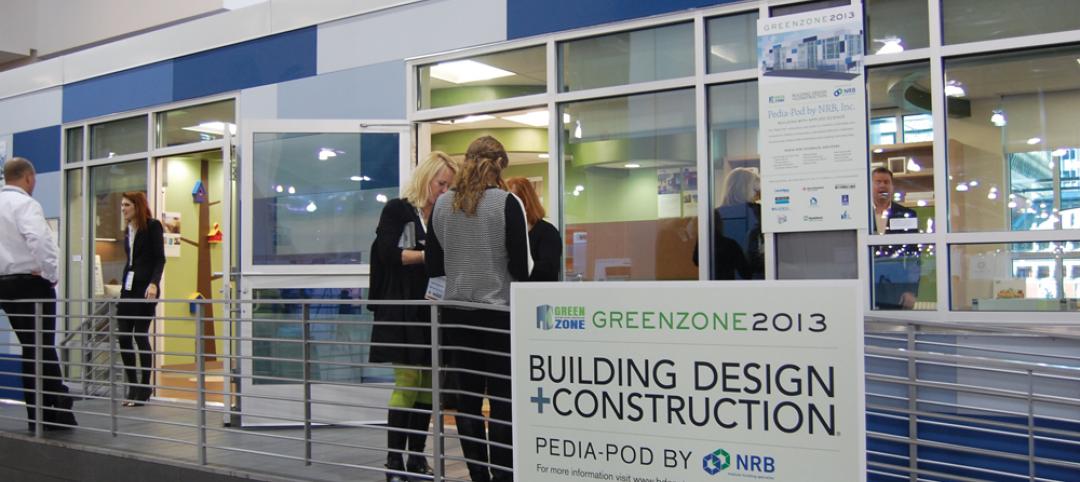Atkins announces that Joe Boyer will join the company as CEO of its North American region on March 18, 2013.
Boyer will join Atkins from Shaw Environmental & Infrastructure, Inc. in Austin, Texas, where he has held the position of president of its Federal division. He has managed multiple business lines since 2003, leading some of the United States’ largest and most important environmental and infrastructure projects.
Prof. Dr. Uwe Krueger, Atkins’ CEO, commented, “Mr. Boyer is a civil engineer by profession who has worked on some of the United States’ largest and most important infrastructure projects. He has a proven track record of leading organizations to growth and delivering high performance, which is why we have invited him to lead our North American region.”
Boyer studied civil engineering at the University of Texas and holds an MBA from Pepperdine University. Prior to his service at Shaw, he was chief operating officer of Asset Group, Inc. and vice president of Project Resources, Inc., both in San Diego, California.
He is married to wife Heather, and has two children, Kyle (12) and Jamison (10). They have enjoyed living in many states in U.S., with previous assignments in California, Connecticut, Massachusetts, Alabama, Mississippi, Louisiana, and Texas.
Atkins thanks Major General L. Dean Fox, USAF (Ret.), retiring North American CEO, for his dedication and service to the company over the past few years and wishes him happiness and success in the future.
Related Stories
| Dec 16, 2013
Construction materials prices remain stable in November
Overall, construction materials prices fell 0.5 percent in November and are up only 1.1 percent year over year, according to the Department of Labor’s Dec. 13 Producer Price Index.
| Dec 13, 2013
Safe and sound: 10 solutions for fire and life safety
From a dual fire-CO detector to an aspiration-sensing fire alarm, BD+C editors present a roundup of new fire and life safety products and technologies.
| Dec 13, 2013
AIA, MIT issue joint report on impact of design on public health
The research looks at the health of eight U.S. cities and lays out a path for translating the research into meaningful findings for policy makers and urban planners.
| Dec 11, 2013
Wyndham unveils hotel prototype for its Hawthorn Suites chain
The extended-stay hotel prototype reduces development costs by 46% for franchisees and enhances the overall guest experience.
| Dec 10, 2013
16 great solutions for architects, engineers, and contractors
From a crowd-funded smart shovel to a why-didn’t-someone-do-this-sooner scheme for managing traffic in public restrooms, these ideas are noteworthy for creative problem-solving. Here are some of the most intriguing innovations the BD+C community has brought to our attention this year.
| Dec 10, 2013
Modular Pedia-Pod: Sustainability in healthcare construction [slideshow]
Greenbuild 2013 in Philadelphia was the site of a unique display—Pedia-Pod, a modular pediatric treatment room designed and built by NRB, in collaboration with the editors of Building Design+Construction, SGC Horizon LLC, and their team of medical design consultants.
| Dec 9, 2013
Tips for designing higher education's newest building type: the learning commons
In this era of scaled-down budgets, maximized efficiencies, new learning methods and social media’s domination of face time, college and university campuses are gravitating toward a new space type: the learning commons.
| Dec 9, 2013
ULI: Real estate market in 2014 will be 'recovering from the recovery'
The U.S. commercial real estate market is gradually “recovering from the recovery” and will “gain momentum” in 2014, according to ULI CEO Patrick L. Phillips.
| Dec 9, 2013
Does technology help or hinder innovation?
Whether digital technology will help or hinder workplace insights remains a topic of ongoing debate. FastCo.Design features insights from business scholars on both sides of the issue.
| Dec 9, 2013
What is life cycle cost optioneering?
Life cycle cost optioneering is a way of assessing alternative design options, analyzing their long-term capital and operational costs to identify those with the lowest price tag, over the entire life cycle.

















